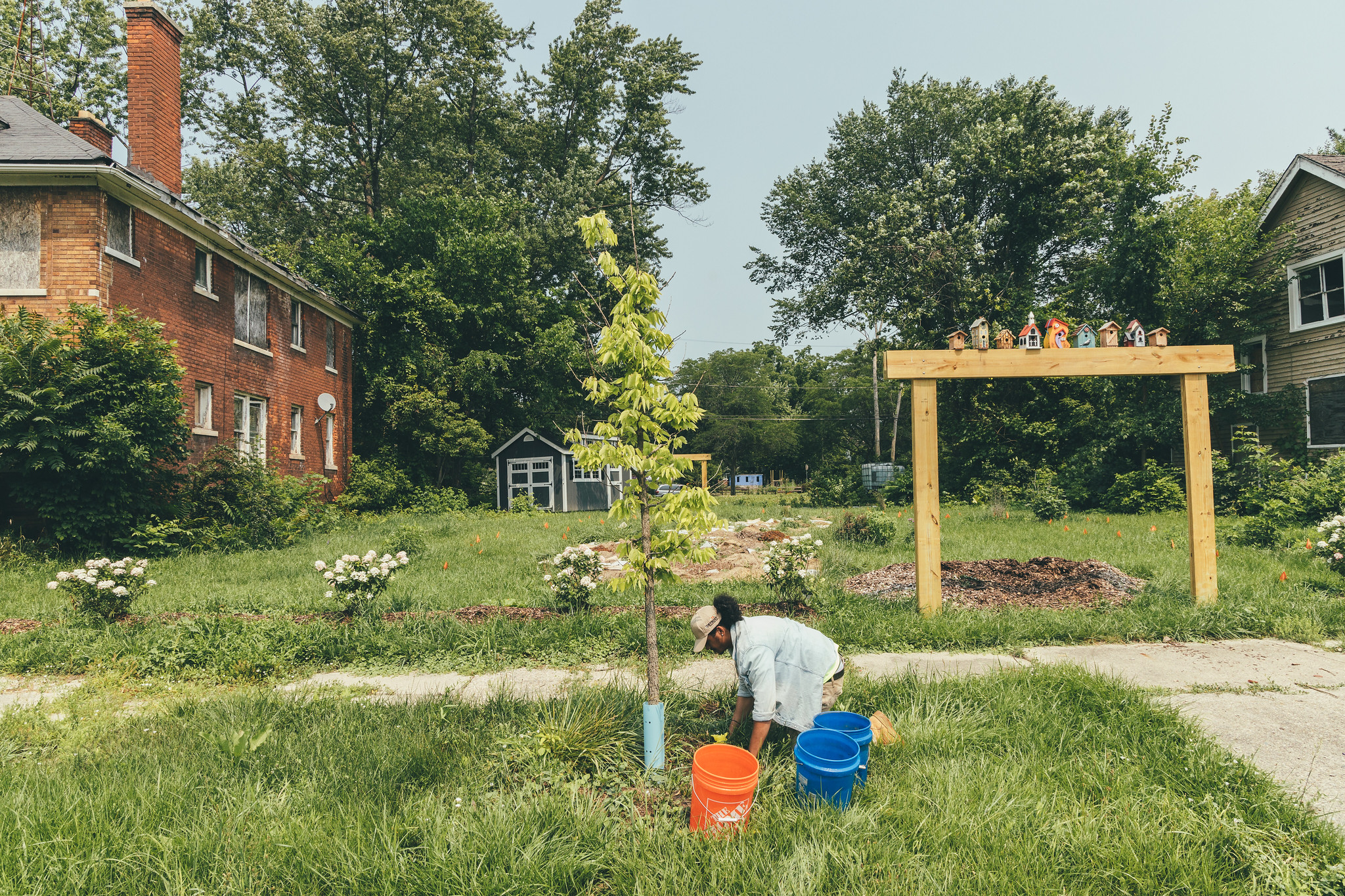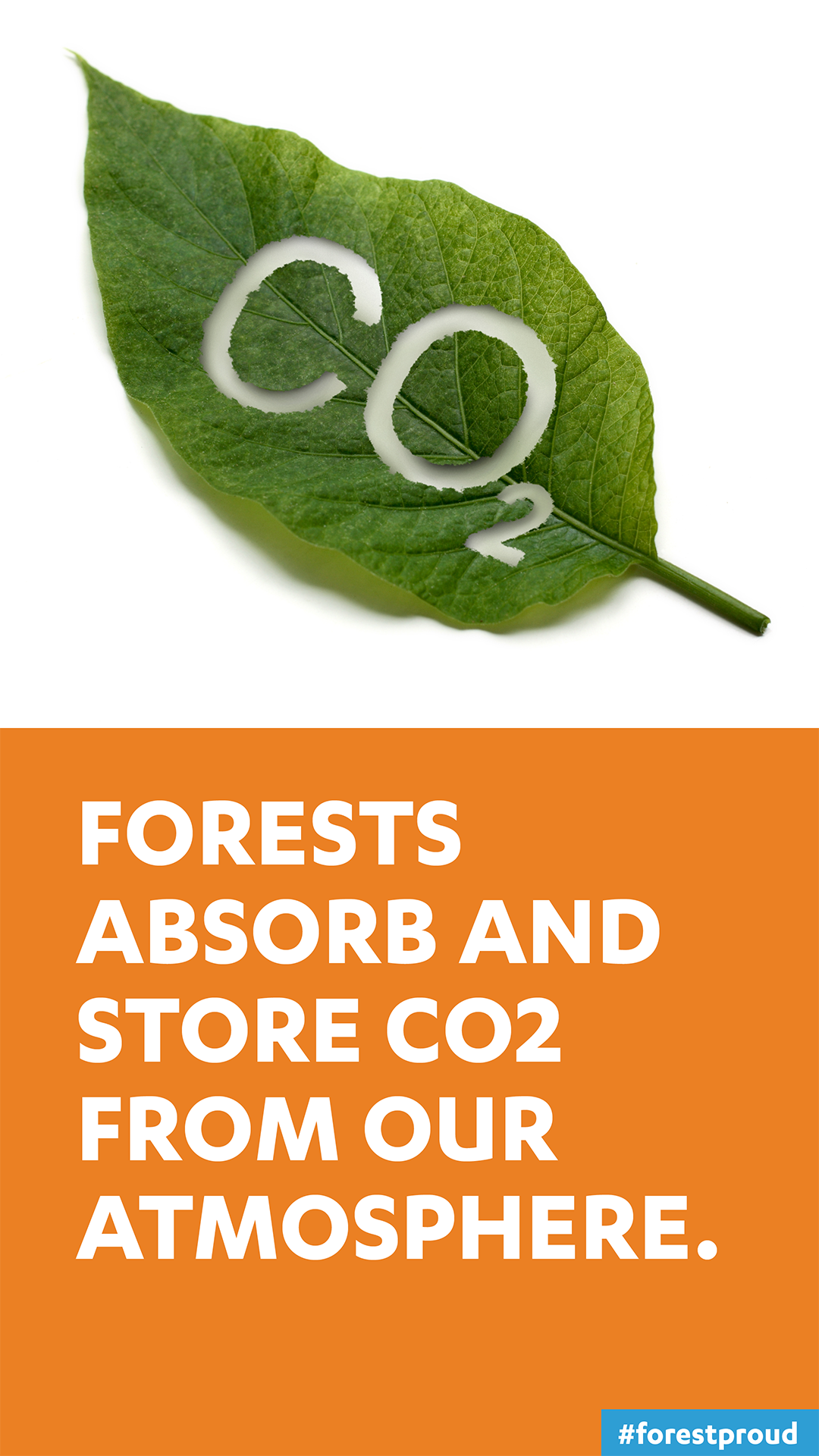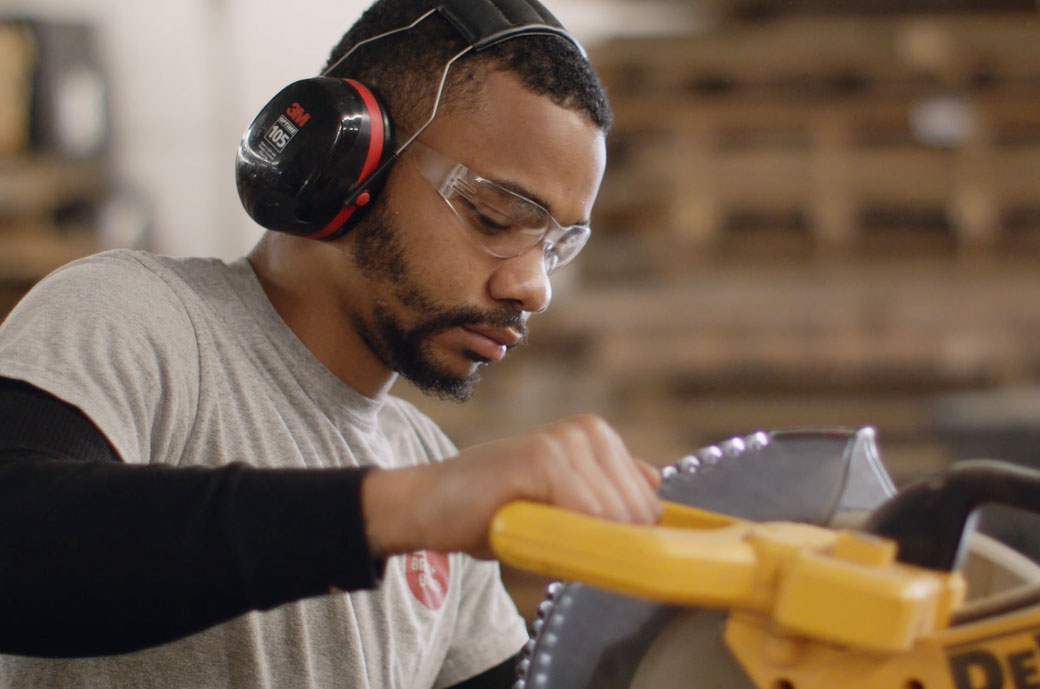Big Green Health Machines
Why Urban Trees Are Good For People + Planet

© Photo by Hans Isaacson for the National Association of State Foresters

Author: Alec Sabatini
Alec is the content writer at PlanIT Geo™, a global urban forestry consulting and tree management software firm.
Big Green Health Machines
TL:DR: Urban forests are good for people and planet. Read on for exactly how the tree outside your window makes you - and the planet - healthier.
Have you heard of a nature prescription? In countries around the world, doctors are prescribing time in nature as part of their treatment plan for patients. The practice has been spreading as study after study links nature and positive human health outcomes. The results of trees on health are both physical and mental. Modern science is defining many of the correlations, while some of the causes may be traced back to humanity’s origin.
The proven connection between nature and human health is also becoming a serious motivator for cities to support their urban forests.
Big Green Air Filters
There is a reason you don’t see city-scented candles. (Okay fine, I did check and there are some companies smartly marketing city-themed candles, but I have been to NYC and my strongest nose memories were not bergamot and jasmine.)
My point is, breaths of fresh air can be hard to come by in cities. The concentration of engines and industry loft pollutants into the air while traffic stirs up fine particulates. Trees are a proven method of combating urban air pollution, a major source of respiratory diseases.
Tiny pores in tree leaves, called stomata, take in air that includes pollutants like ground-level ozone and carbon monoxide. These gasses then diffuse and react with the inner leaf, removing them from circulation. Particulate matter (PM) is another common and harmful air pollutant. Trees temporarily “catch” PM on their leaves and stems where the next rain can wash them down to the soil.
For example, the urban forest of Greenville, North Carolina removes an estimated 648,000 pounds of pollution annually. The avoided health effects and other economic costs of that pollution are valued at over $1.2 million USD!
Pollution in cities contributes to increased asthma rates and is a leading contributor of global emissions and climate change. Bad air quality is bad for people, bad for planet. Urban trees lower asthma rates, clean the air, and help make the places where many of us live, work, and play healthier.
Big Green Carbon Machines
Trees are without a doubt the best carbon capture technology in the world. When tree leaves breathe, they take in carbon dioxide, release oxygen and store carbon in their trunks.
Wood is an incredible carbon sink because it is mostly made of carbon (about 50% by dry weight.) In addition to cleaning the air, releasing oxygen, and helping stop pollutants from washing into the water, trees lock away carbon as they grow. Keeping harmful pollutants out of the atmosphere and out of our lungs is a win-win.
Big Green Air Conditioners
Extreme heat is a major health threat for many cities. Climate change and the urban heat island effect are sending urban thermometers soaring, particularly in low-income and nonwhite neighborhoods. Consistent, high heat aggravates existing health conditions and is lethal in its own right.
It's a problem so severe some cities are appointing chief heat officers to lead the charge against rising temperatures. Urban trees are a key defense in any heat mitigation battle plan. Through shade and evapotranspiration (exchanging water vapor with the air) surface temperatures under a tree can be 20-45℉ cooler than adjacent unshaded areas.
Big Green Mood Boosters
There are abundant studies connecting greenspace with a range of mental health improvement. The COVID pandemic amplified the importance of urban greenspace as vital spaces for diversion and decompression. But why do large leafy things make us feel better?
Evolution probably plays a part. This four-walls-and-a-roof life is relatively new in the course of human history. The theory is that over millions of years, our ancestors who had stronger connections to nature held an evolutionary advantage (i.e. better at seeking shelter, food, and water) and that relationship has carried through to today.
A more recent explanation is that trees correlate or cause many factors humans benefit from, such as increased wildlife, comfortable environments for gathering and relaxing, and appealing aesthetics. These all have proven to ease our minds and boost our well-being. The street-side trees and park groves that make up the urban forest are the closest form of nature for most urbanites. Therefore keeping a healthy urban forest is invaluable for public health.
Big Green Health Rebalancers
Tree equity (balanced distribution of tree canopy across cities) is important. Residents who live in poorly forested neighborhoods are being denied a benefit all humans deserve: health.
Urban foresters have a lot of factors to weigh when planting new trees, and health impacts are becoming a common part of any prioritization plan. New data tools are emerging to push these efforts forward, such as NatureScore™, which scores the health impacts of surrounding nature based on any address in the continental United States.
For more on the importance of urban forests, check out our blog series on urban forests + poke around the site. Have a favorite street tree you want to give a social shout out to? Snap a selfie & tag us #forestproud.

